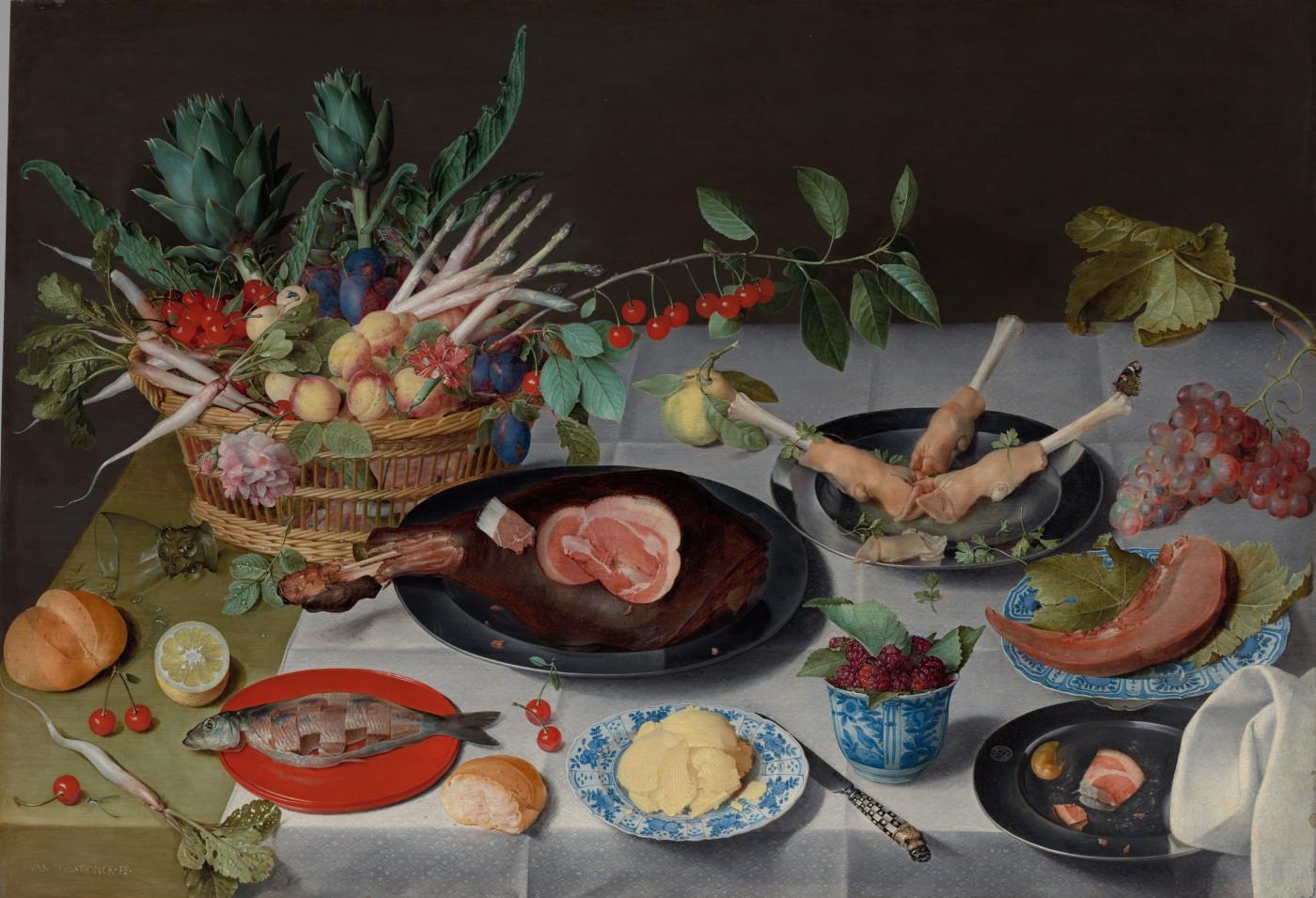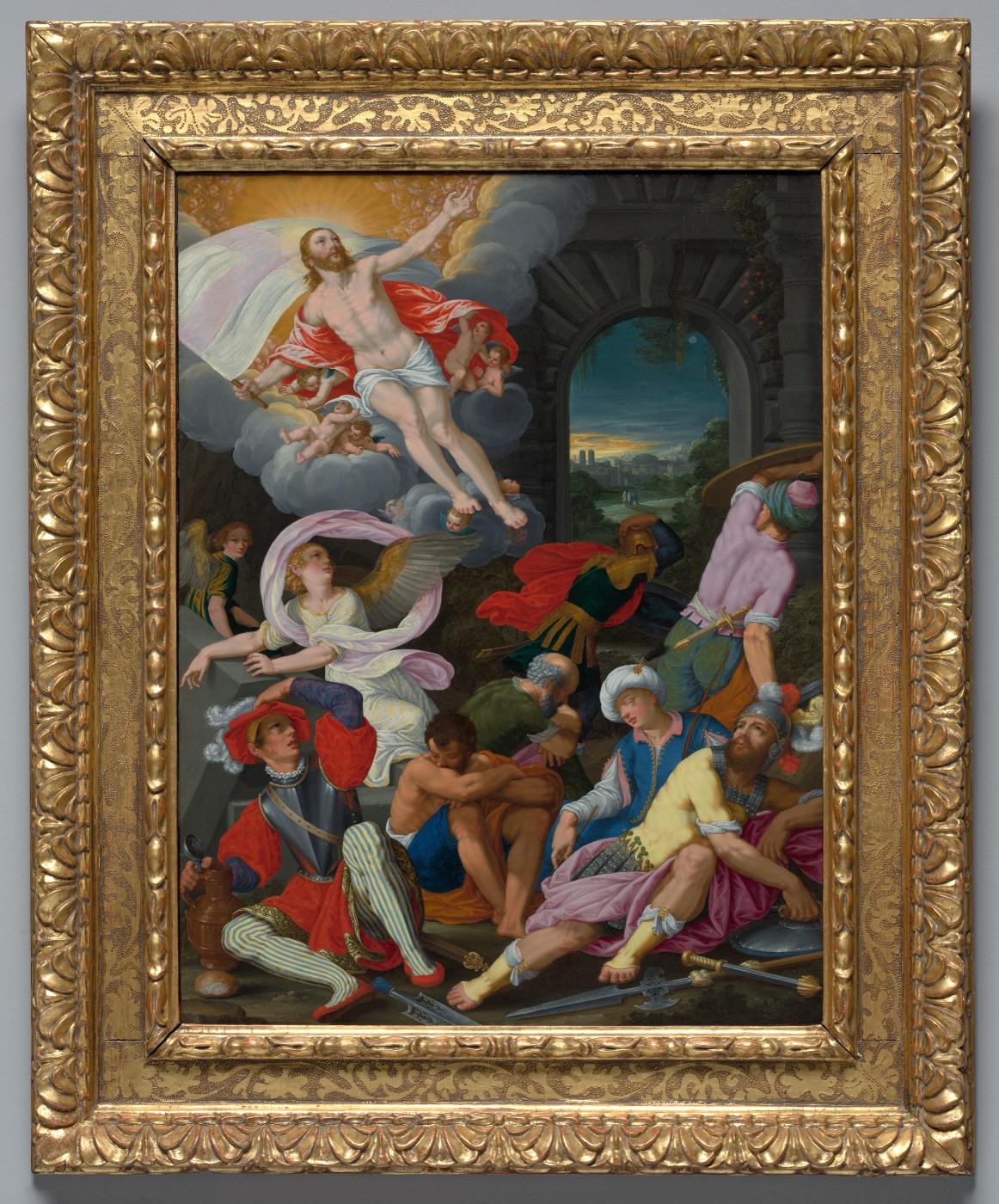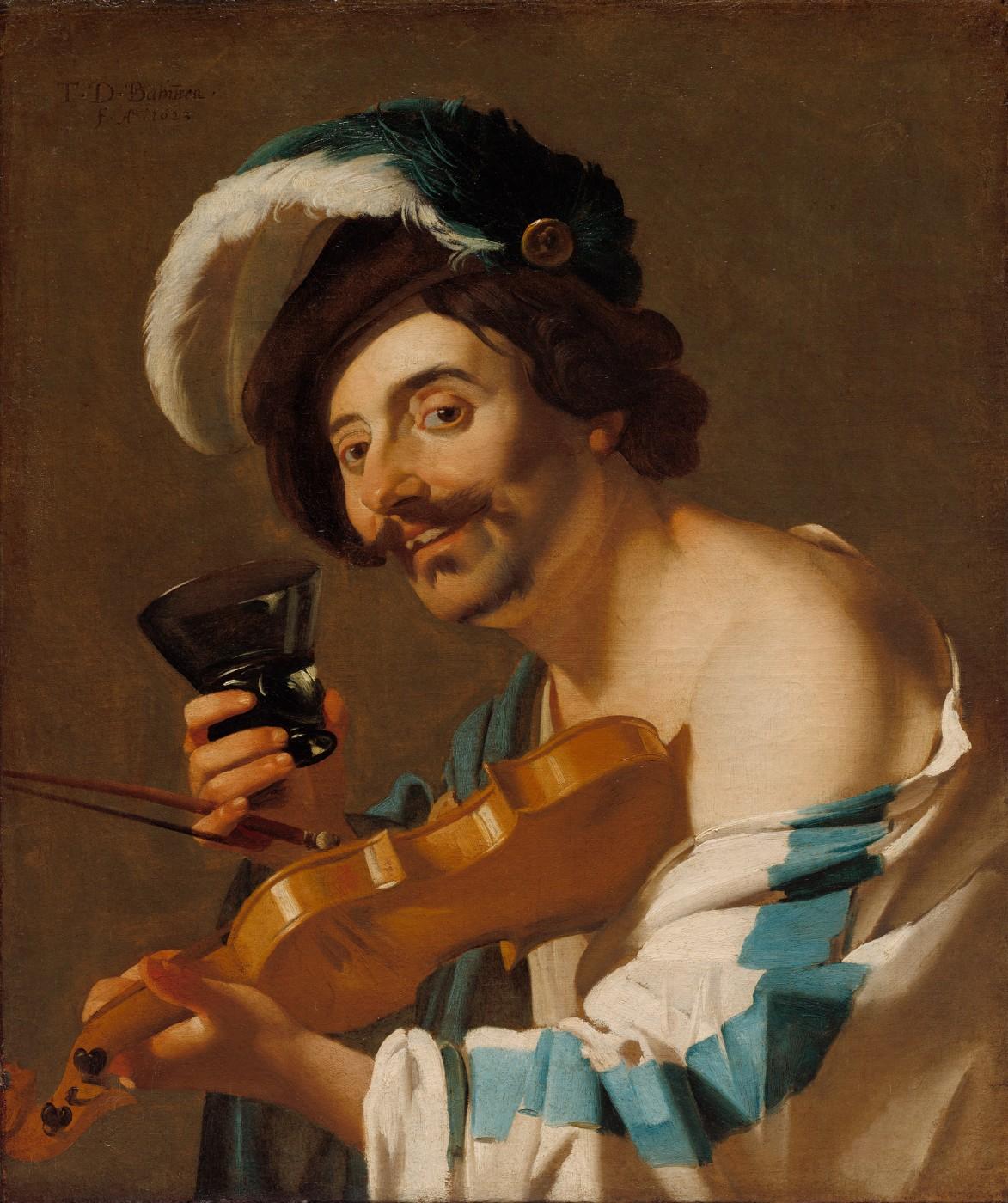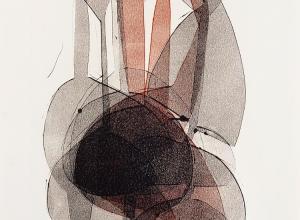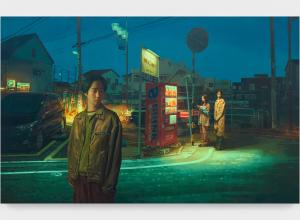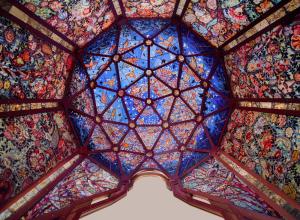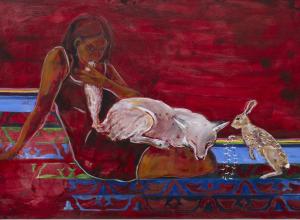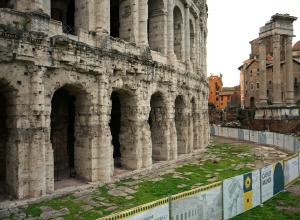The Dutch home setting, the Harold C. Schmitt Foundation Gallery, features portraits, still-lives, landscapes and genres typical of the 1650s, highlights of which are new paintings by Dirck van Baburen and Jacob van Hulsdonck, which enliven “CMA’s already outstanding collection of seventeenth-century Netherlandish art,” says Marjorie E. Wieseman, Paul J. and Edith Ingalls Vignos Jr. Curator of European Paintings and Sculpture, 1500–1800, and chair of European art from classical antiquity to 1800. “They’re colorful, dynamic, and demonstrate the incredible quality and diversity of painting in the Netherlands during the so-called ‘Golden Age,’ when artists were continually inventing new themes and new approaches to appeal to discerning collectors.”
On display for the first time is Violin Player with a Wine Glass (1623), by Dirck van Baburen. Considered one of the most important early 17th Century Dutch painters during his lifetime, Baburen is being rediscovered by modern audiences.
Baburen grew up in Utrecht, and moved to Rome between 1612 and 1615, where he was active in the Dutch-speaking artist group, the "Bentvueghels" ("Birds of a Feather"); Baburen was nicknamed "Biervlieg" ("Beer Fly", or one who drinks a lot). Exposed to the art and techniques of Caravaggio and Manfredi, Baburen moved back to Utrecht in 1620 and helped establish what’s now known as the Utrecht School of Caravaggisti.




